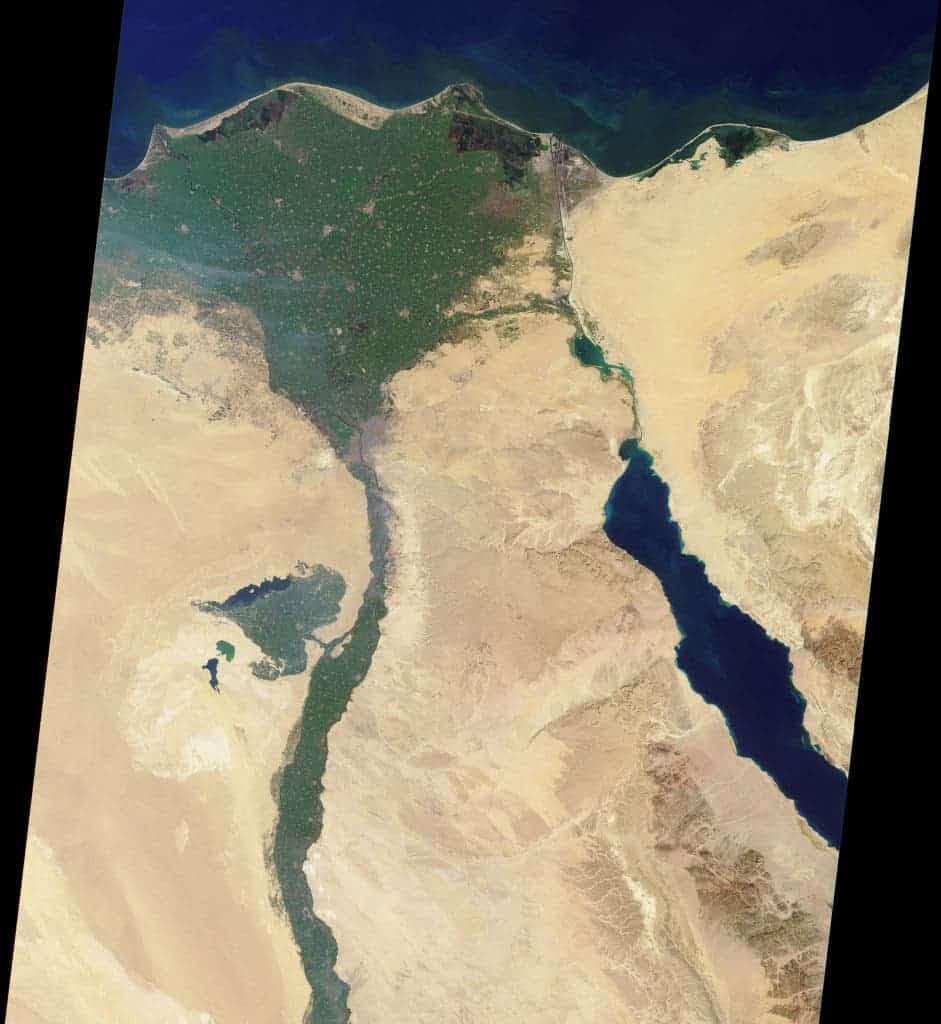
It’s harder to imagine a more imposing river than the Nile. Stretching over 6,650 km (4130 miles) long and serving as an essential water source since time immemorial, the Nile is a lifeline across northern Africa. Ancient Egyptians considered the Nile river to be the source of all life, and believed the river to be eternal.
Recent research seemed to back that idea up — well, maybe the Nile wasn’t eternal, but it was around for a few million years — which is eternal by humanity’s standards.
The Nile has a surprisingly steady path, nourishing the valleys of Africa for millions of years and shaping the course of civilizations. But for geologists, that was weird.
Why is the Nile so steady when rivers (particularly larger rivers in flat areas) tend to meander so much?
Now, researchers at the University of Texas at Austin believed they’ve cracked that mystery, and it has a lot to do with movement inside the Earth’s mantle.
“One of the big questions about the Nile is when it originated and why it has persisted for so long,” said lead author Claudio Faccenna, a professor at the UT Jackson School of Geosciences. “Our solution is actually quite exciting.”

The team traced the geologic history of the Nile, correlating it with information from volcanic rocks and sedimentary deposits under the Nile Delta. They also carried out computer simulations that recreated tectonic activity in the area over the past 40 million years.
They linked the Nile’s behavior to a mantle conveyor belt.
“We propose that the drainage of one of the longest rivers on Earth, the Nile, is indeed controlled by topography related to mantle dynamics (that is, dynamic topography).”
The Earth’s interior is dominated by the mantle, and the mantle is not static. Large swaths of the mantle are moved around by convection. Sometimes, parts of that are pushed towards the surface. This upwelling magma has been pushing up the Ethiopian Highlands, helping to keep the river flowing straight to the north instead of wending its way sideways. This uplift, researchers conclude, is responsible for the gentle and steady gradient that keeps the Nile on a consistent course.

Getting to this conclusion, however, was not straightforward — and it wouldn’t have been possible without state-of-the-art geophysical modeling. This proved to be the glue that pieced the entire theory together.
“I think this technique gives us something we didn’t have in the past,” said Jackson School scientists Petar Glisovic, one of the authors who is now a research collaborator at the University of Quebec.
As a consequence of this study, the researchers also showed that the Nile must be at least as old as the Ethiopian highlands — so this puts its age at 30 million years, which is several times more than previous estimates.
The study was published in Nature.









